How fishing rod action affects sensitivity and casting distance? If you’ve ever stood at a tackle shop staring at rows of fishing rods labeled “fast action,” “moderate action,” or “ultra-light action,” you’ve likely asked yourself: what does action mean on a fishing rod? This simple term carries major implications for how a rod performs in real-world fishing situations. It affects casting distance, sensitivity, hook-setting power, and even the type of fish you can effectively target. Therefore, understanding this concept is essential for both beginners and experienced anglers.
Moreover, rod action is not the same as rod power, though the two are often confused. Power refers to how much force a rod can handle—its strength. Action, on the other hand, describes where and how quickly the rod bends when pressure is applied. In other words, it defines the flexibility profile along the rod blank. As a result, two rods with the same power can have very different actions, leading to distinct fishing experiences.
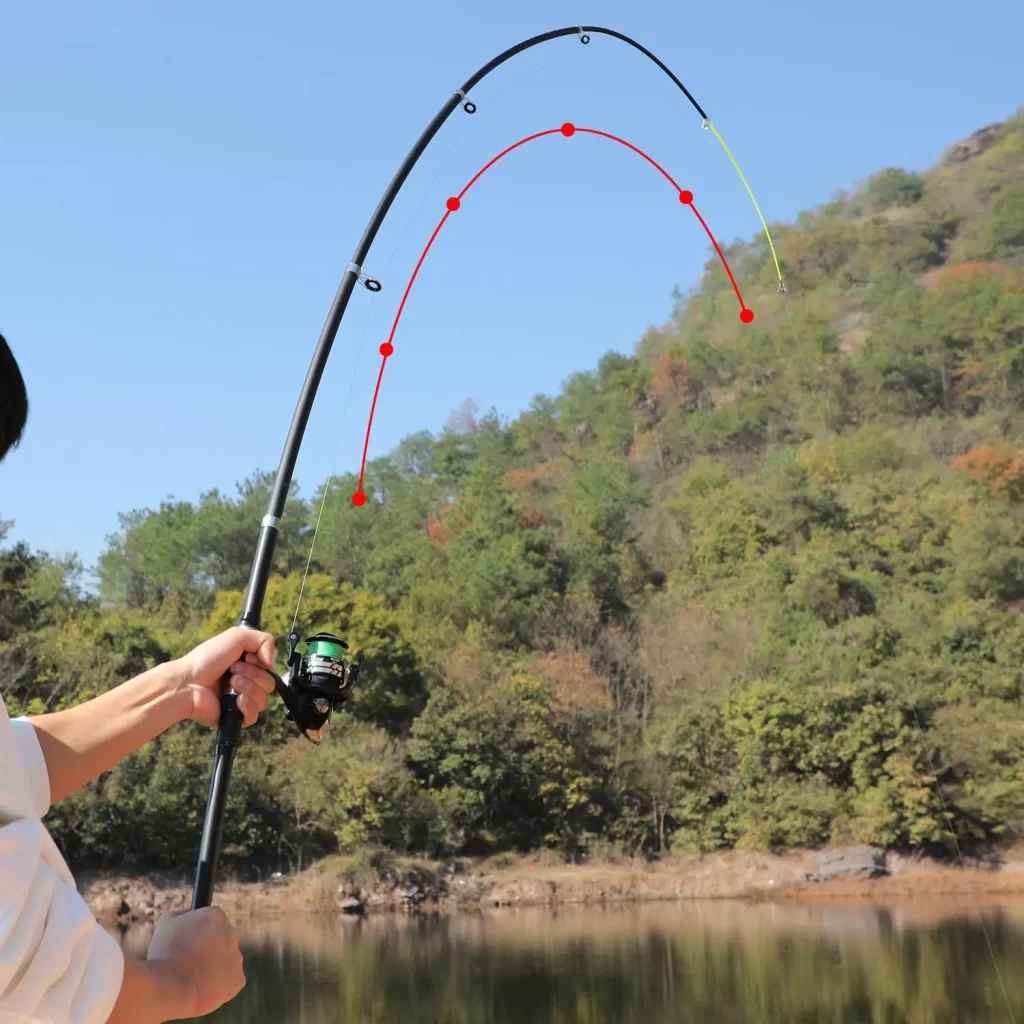 What is Fishing Rod Action?
What is Fishing Rod Action?
What does action mean on a fishing rod? Fishing rod action is a vital characteristic that directly affects your fishing success. It refers to how much and where the rod flexes when pressure is applied. Understanding rod action helps anglers choose the right equipment for specific techniques and situations.
Definition of Rod Action
Rod action describes the flex point of the rod when under load. It determines where the rod bends — close to the tip, middle, or near the handle. This bending affects casting, sensitivity, and how you fight fish. The terms “extra-fast,” “fast,” “moderate,” and “slow” are used to define the speed at which a rod returns to its straight position after bending.
Importance of Rod Action in Fishing
The action of a fishing rod plays a crucial role in angling. It influences casting accuracy and distance, allowing anglers to adapt to various fishing conditions. Proper rod action ensures better hooksets and improved sensitivity to fish bites, especially in different water depths. Choosing the right action also enhances fish fighting abilities, giving the angler better control and reducing fatigue during long battles.
Types of Fishing Rod Actions
Fishing rod action defines how much a rod bends under load and where the flex occurs. Each type of rod action suits specific fishing methods and conditions. Understanding these types can greatly improve your angling success.
Extra-Fast Action Rods
Extra-fast action rods bend closest to the tip. They are highly sensitive and offer quick reactions. These rods excel in techniques that require precise hooksets, like jig fishing or soft plastic lures. Their rigidity makes them perfect for targeting larger, aggressive fish.
Fast Action Rods
Fast action rods flex mainly in the top third of the blank. They provide a good balance of sensitivity and backbone. These rods are versatile for various freshwater fishing styles, including bass fishing. Anglers often use them for techniques involving worms or spinnerbaits.
Moderate Action Rods
Moderate action rods bend more evenly, from the tip to the middle. This balanced flex maximizes casting distance while protecting lighter lines and smaller hooks. These rods are ideal for crankbait fishing, as they absorb shock and prevent fish from breaking off.
Slow Action Rods
Slow action rods flex all the way down to the handle. They offer smooth casting and are best for ultralight techniques. Anglers use them for targeting small fish species or when using live bait. Their flexibility ensures that line tension is maintained when fighting fish.
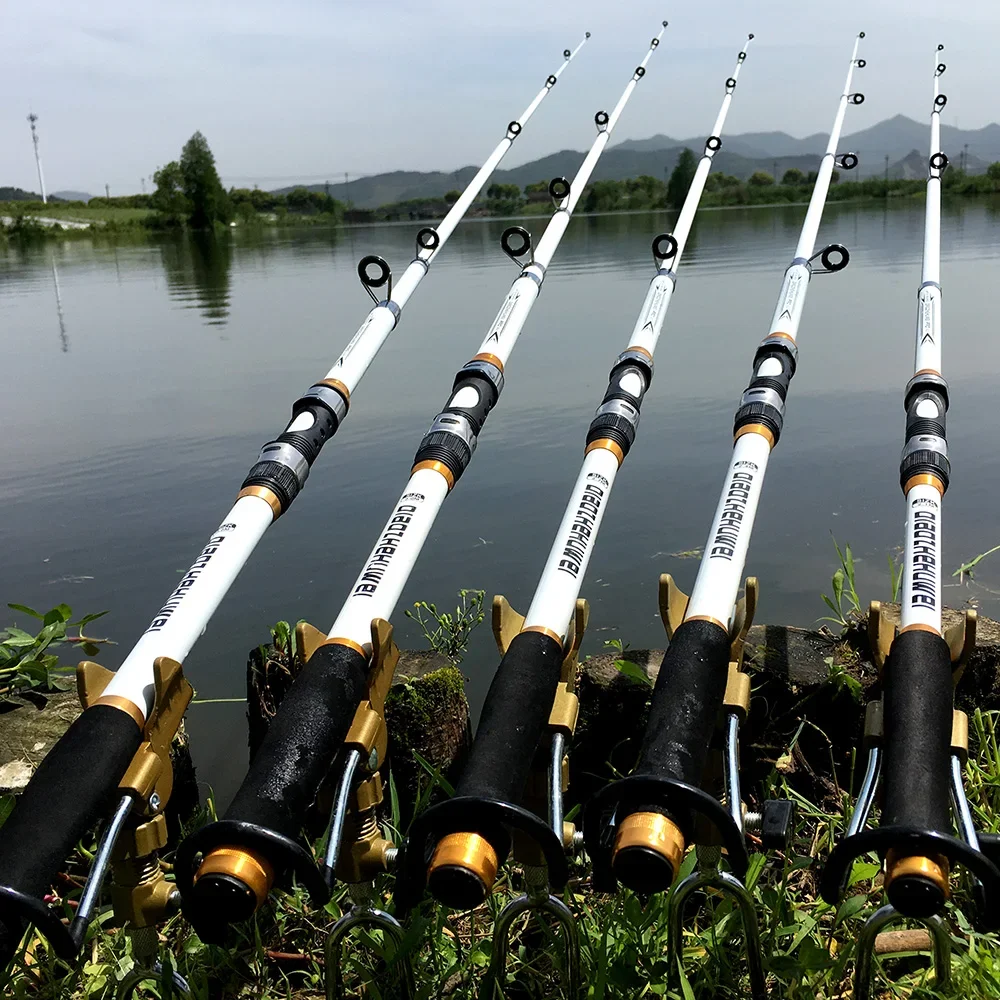 How Fishing Rod Action Affects Performance
How Fishing Rod Action Affects Performance
Fishing rod action impacts your performance in several ways. Understanding this helps you fish more effectively. It determines how your rod behaves during casting, detecting bites, and handling fish.
Casting Distance
Rod action significantly influences how far you can cast. Faster action rods excel in short, accurate casts. Slow action rods, on the other hand, allow for longer casts with less effort. Moderate action rods balance distance and accuracy, making them versatile. Selecting the right action ensures your lure reaches the desired area with precision.
Sensitivity
Rod action directly affects how sensitive the rod is. Extra-fast and fast action rods offer heightened sensitivity. They quickly transmit vibrations from the lure, helping you detect subtle bites. Moderate and slow action rods are less sensitive but are better for techniques requiring lower precision. Choosing the right sensitivity level is key for successful fishing.
Hook Setting Power
Hook setting power depends on how quickly a rod reacts. Fast and extra-fast action rods excel at driving hooks into the fish’s mouth. Their stiff tips make hook setting more efficient, especially for larger fish. Moderate and slow action rods take longer to set the hook, which can be a disadvantage in some conditions. Pairing the rod action with the right hook size enhances this capability.
Fish Fighting Capabilities
The ability of a rod to fight fish varies by its action. Extra-fast and fast action rods provide strong control over fish. They are suitable for targeting aggressive or large species. Moderate action rods distribute the load evenly, reducing the risk of the line breaking. Slow action rods are gentler, ideal for smaller fish or light tackle situations. Choosing the right action makes battles with fish smoother and less tiring.
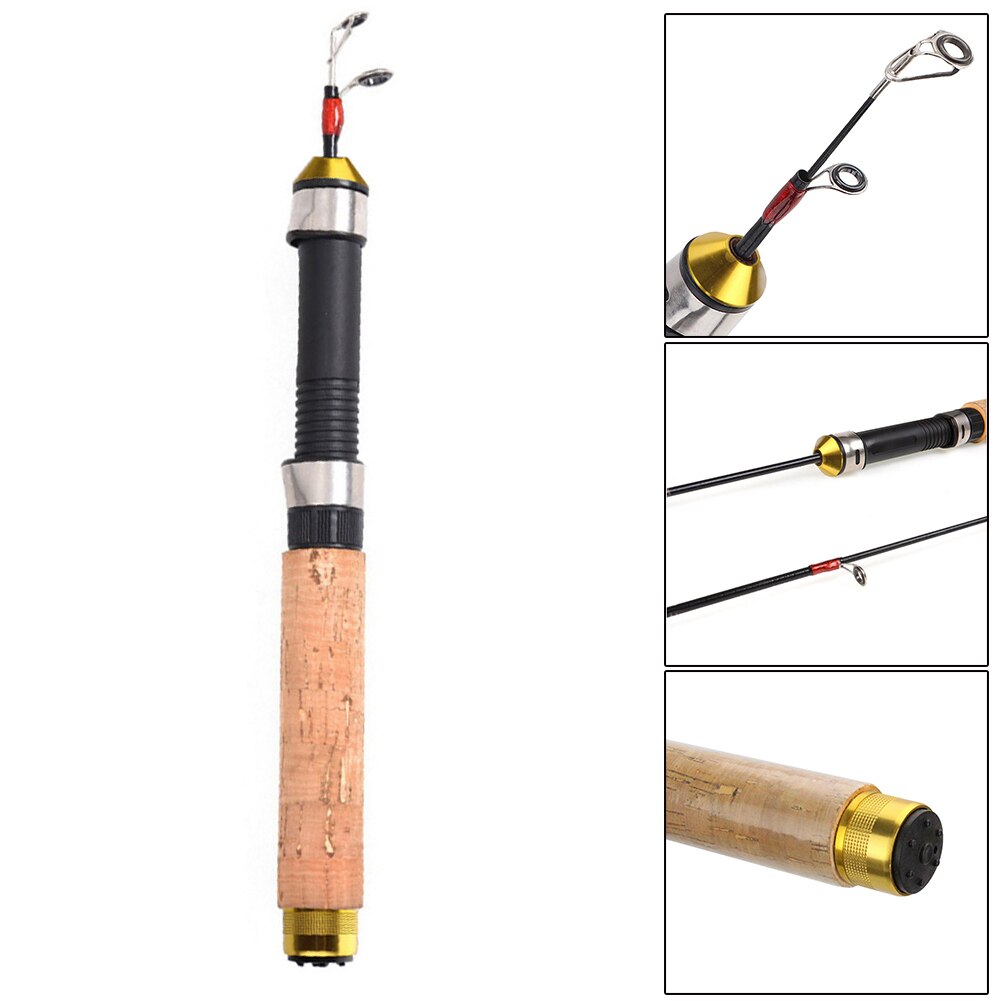 Choosing the Right Fishing Rod Action
Choosing the Right Fishing Rod Action
Selecting the right fishing rod action is crucial for a successful fishing experience. Different factors and techniques influence this choice. Avoid common mistakes to ensure you maximize your fishing performance.
Factors to Consider
Several important factors guide the selection of a fishing rod’s action:
- Targeted Fish Species: Larger, aggressive fish need fast or extra-fast rods for powerful hooksets. Smaller fish work well with moderate or slow action rods.
- Fishing Technique: Techniques like jigging or pitching require fast or extra-fast rods. Crankbait fishing benefits from moderate action rods, while ultralight techniques align with slow action rods.
- Water Conditions: Calm waters may allow for slower actions. Strong currents or deep water may need faster actions for better control.
- Casting Requirements: Need longer casts? Choose moderate or slow action. Require precise short casts? Go for fast or extra-fast action.
- Line Type: Consider your fishing line’s elasticity. Braided lines work well with slower actions, while monofilament pairs better with faster actions.
Best Actions for Specific Fishing Techniques
Matching rod action to your technique enhances performance:
- Baitcasting or Jigging: Use extra-fast rods for quick hooksets and better control in these methods.
- Crankbait Fishing: Choose moderate action rods to absorb shock and prevent lure pull-outs.
- Spinnerbaits and Topwater Lures: Fast action rods offer a good balance of casting and fishing sensitivity.
- Light Tackle or Small Fish: Select slow action rods for smooth casting and maintaining tension during fights.
Common Mistakes When Selecting Rod Actions
Avoid these errors when choosing a rod action:
- Ignoring Fishing Environment: Ignoring water depth, clarity, or current can lead to poor rod performance.
- Not Thinking About Fish Size: Using an action too heavy for your target may cause lost catches or broken lines.
- Overlooking Lure Type: Lure weight and style impact rod flex and accuracy. Match the action accordingly.
- Underestimating Casting Needs: Prioritize either casting distance or precision based on the fishing situation.
Choosing the right fishing rod action ensures that your gear matches your fishing needs effectively.
Fishing Rod Action vs. Power
Understanding the difference between fishing rod action and power is essential for anglers. While they are related, they serve distinct roles in determining a rod’s performance. Knowing how they interact helps in choosing the best rod for your needs.
Key Differences Between Action and Power
- Definition:
- Action describes where and how much the rod bends under load.
- Power refers to the rod’s strength or lifting capability.
- Flex Point vs. Rigidity:
- Action focuses on the rod’s flex point, whether near the tip or throughout.
- Power relates to how much force the rod can withstand without breaking.
- Impact on Fish Handling:
- Action affects casting distance, sensitivity, and hook-setting power.
- Power determines how well the rod handles different fish sizes and weights.
- Ratings:
- Action is labeled as extra-fast, fast, moderate, or slow.
- Power is classified as ultralight, light, medium, heavy, or extra-heavy.
How They Work Together
- Matching Rod to Fishing Style:
- Combining action with power ensures the right setup for your fishing technique.
- For example, fast action with medium power works well for bass fishing.
- Consider Fish Species:
- Light power with slow action suits small fish and delicate presentations.
- Heavy power with fast action is perfect for battling aggressive, large fish.
- Lure and Line Compatibility:
- Fast or extra-fast action rods with medium-heavy power suit heavier lures.
- Moderate action rods with light power protect lighter lines and smaller hooks.
- Enhancing Casting and Control:
- Moderate action rods paired with medium power improve casting distance and accuracy.
- Fast action rods with high power offer precise control for hook sets in strong currents.
By understanding rod action and power, anglers can build an effective setup. Balancing these factors helps improve performance and ensures an enjoyable fishing experience.
Tips for Testing a Fishing Rod’s Action
Testing a fishing rod’s action is essential before making a purchase. It ensures the rod matches your fishing needs. A proper test helps gauge the rod’s flex, sensitivity, and casting performance.
Simple Methods for Identifying Rod Action
- Flex Test: Hold the rod by the handle and apply gentle pressure to the tip. Observe where the bend occurs. This gives an immediate sense of the action type: whether extra-fast, fast, moderate, or slow.
- Casting Test: Attach a lure or weight and perform a few short casts. Notice the rod’s response, casting distance, and ease of movement. This testing method quickly reveals the rod’s performance with different lure sizes.
- Sensitivity Test: Drag the tip across a hard surface lightly or use a small weight. Feel how vibrations are transmitted through the rod. High-sensitivity rods, typically fast or extra-fast action, will transmit more feedback.
- Practicing Hook Sets: Simulate a hook-setting motion by applying a quick jerk with the rod. Observe how the rod reacts, especially near the tip. Faster actions provide quick responses for hook-setting.
Why Testing Before Buying is Important
- Avoiding Misfits: Testing helps ensure the rod matches your specific fishing technique and target species.
- Understanding Performance: It reveals how the rod handles under pressure, during casts, hook sets, and fish fights.
- Longevity Assessment: Testing highlights quality and durability, ensuring the rod can handle frequent use.
- Comfort Check: Testing allows anglers to confirm the rod feels comfortable in hand for extended sessions.
Testing a fishing rod’s action ensures a wise purchase, avoiding disappointment on the water. Simple tests provide a clear understanding of the rod’s capabilities and alignment with your fishing needs.
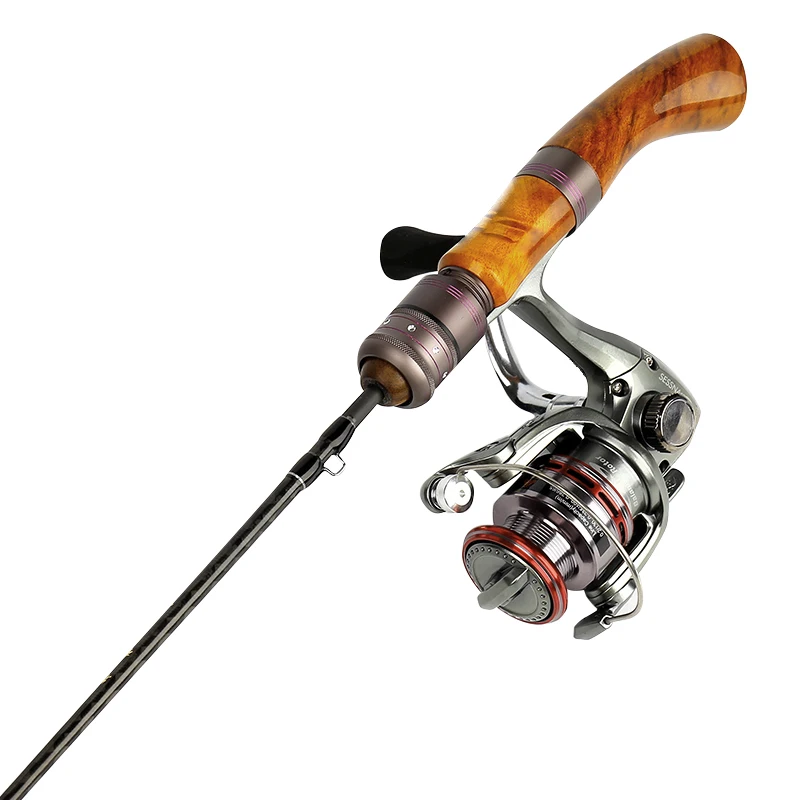 Common Myths About Fishing Rod Actions
Common Myths About Fishing Rod Actions
Understanding fishing rod action is essential, but myths can lead to confusion. Here are common misconceptions and their clarifications to help you make informed choices.
Misconceptions and Clarifications
- Myth: Faster action rods are always better.Clarification: Faster action rods are not universally better. They suit techniques needing quick hooksets, like jigging. However, moderate or slow action rods perform better for techniques like crankbait fishing or ultralight tactics.
- Myth: Action determines rod strength.Clarification: Rod action defines where the rod flexes under load, not its strength. Strength is determined by the rod’s power rating, such as light or heavy, which indicates lifting capability.
- Myth: All rods with the same action perform identically.Clarification: Two rods with the same action but different materials or designs can perform differently. Factors like blank material, length, and construction style influence performance.
- Myth: Slow action rods cast shorter distances.Clarification: Slow action rods can provide long casts, especially with lighter lures or bait. The flexible bend allows energy to load throughout the rod, boosting cast distance.
- Myth: Rod action does not impact fish fighting ability.Clarification: Rod action affects how you handle fish during fights. Faster actions offer better control for larger fish, while slower actions reduce tension on smaller fish or light tackle setups.
- Myth: Extra-fast action rods are the most sensitive always.Clarification: While extra-fast rods are very sensitive, sensitivity also depends on the rod’s material and blank design.
These clarifications dispel common misunderstandings about what action means on a fishing rod. Knowing the facts helps anglers choose rods suited to their needs.
Frequently Asked Questions About What Does Action Mean on a Fishing Rod
Many anglers have similar questions when learning about rod action. Addressing these clears up confusion and builds confidence in gear selection.
Does rod action affect sensitivity?
Yes. Faster actions transfer vibrations more directly from the line to your hand. Slower rods dampen some feedback but offer better shock absorption.
Can I use one rod for multiple techniques?
Yes, if it has a moderate action. These rods handle various lures and methods. However, specialized actions perform better in focused scenarios.
Is fast action better for big fish?
Not always. Fast rods help set hooks quickly. But fighting large fish often benefits from some flex. Moderate actions spread pressure and reduce break-offs.
How do I test a rod’s action?
Hold the rod horizontally and gently press the tip down. Observe where the bend starts. Compare models side by side for differences.
Do spinning rods have different actions than baitcasting rods?
They can. Spinning rods often use moderate actions to prevent line slap. Baitcasters frequently use faster actions for power and control. But overlap exists.
Will the wrong action damage the rod?
Overloading it with too-heavy line or lures can cause breakage. Always follow the rod’s rating. Under-loading reduces performance but rarely causes harm.
Can I change a rod’s action?
No. Action is built into the blank. However, changing line, leader, or reel can slightly alter feel.
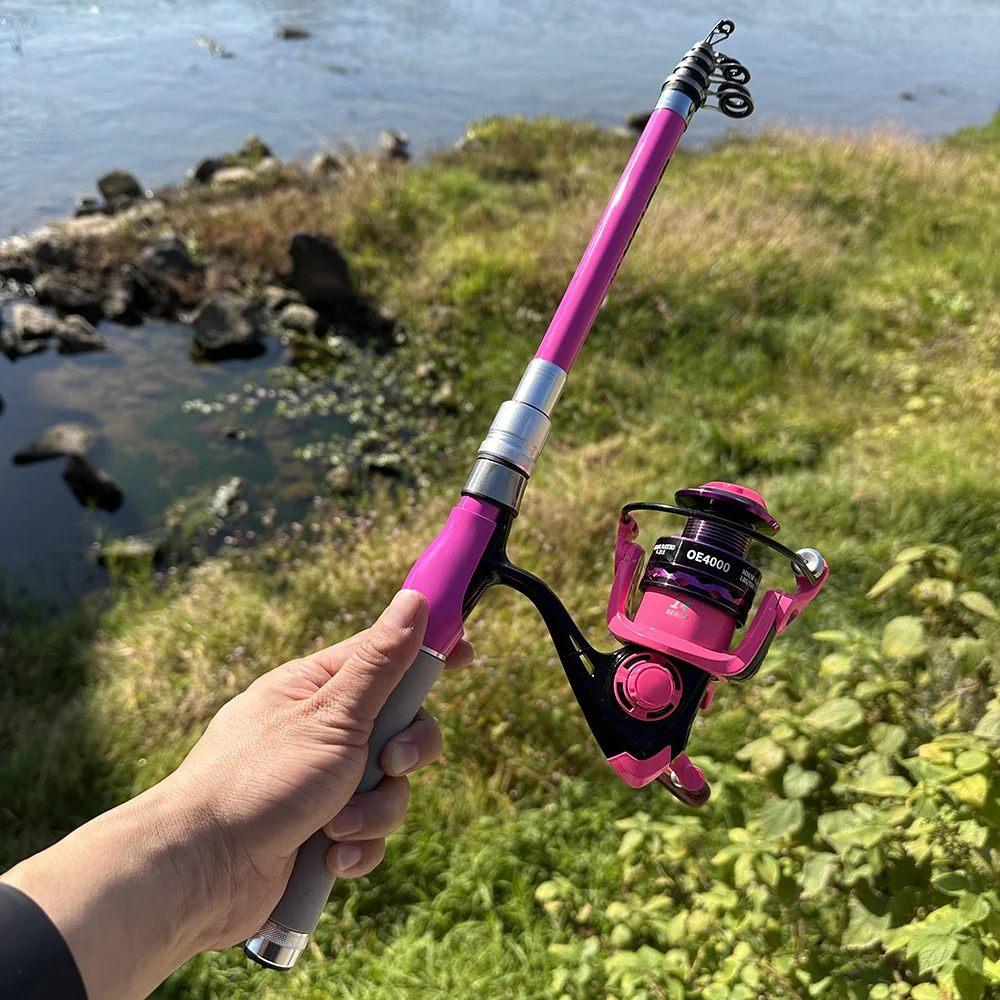 Final Thoughts: Mastering What Does Action Mean on a Fishing Rod
Final Thoughts: Mastering What Does Action Mean on a Fishing Rod
What does action mean on a fishing rod 2025? Understanding what does action mean on a fishing rod transforms how you approach angling. It’s not just marketing jargon—it’s a functional description of performance. From casting accuracy to hook-setting efficiency, action shapes every moment you spend on the water.
Indeed, selecting the right rod action enhances your connection to the fish. It balances power and sensitivity, speed and forgiveness. Whether you’re chasing trophy bass or panfish in a quiet pond, the right action makes the difference between a good day and a great one.
Therefore, take time to evaluate your current rods. Test different actions. Notice how they respond to lures, lines, and fish. Then, match them to your favorite techniques. Because once you master this concept, your fishing experience will never be the same.